It’s now been a hundred years since Howard Carter discovered the tomb of Tutankhamun in 1922. This event appropriated many moments; two of which are of note: A thumbs up to the continuation of Western European countries borrowing (and definitely not unapologetically stealing) artefacts from Ancient Egypt to display them in their museums and stately homes, and secondly, a frenzy in Egyptian revival style for the masses. This included ancient Egyptian as well as revival jewellery.
Before I dive into jewellery, allow me to illustrate the first point using a few words from meme culture:
No one:
West Europe: Have you seen the sphynx in my grand vestibule tho?
Everyone: Return what you stole.
West Europe:
I hope this provoked you to think about West Europe’s past behaviour in a different context. Now let’s go back to the jewellery.
Egyptomania: The beginning
While Carter’s discovery is considered by many as the event that unleashed Egyptomania into society, there have been a few predecessors, mainly buoyed by Napoleon Bonaparte’s voyage to Egypt, that culminated in the discovery of the Rosetta Stone in 1799. This was the key component to the start of the field of Egyptology as a archeological subject. While Napoleon’s mission was a military miss as he lost the Battle of the Nile in 1798, culturally, it resulted in publications for instance Vivant Denon’s Voyage en Haute et Basse Egypte 1802, a book with observations and new found knowledge on the “exotic” lands of Egypt. This brought the mystique of Egypt closer to Western Europe and inspired artists, designers, couturiers and jewellers to recreate the style of the ancients.
And soon, more expeditions followed. As time progressed, asset-poor but archeology-rich Egyptians were selling off artefacts to Western collectors (aka to sell on the black market) for a pittance, not being fully aware of their true value, but of course having an inkling. This was a method of survival, but also a moral struggle. To understand the pain the West’s Egyptomania caused Egypt, I highly recommend watching a film called Al-mummia or The Night of Counting the Years (1969), which explains the true cost of this trend to the Egyptian people. The movie is in Arabic, but I believe in your subtitle reading skills.
The sad part of it all, is that we are taught that all of these expeditions and adventures of the West are phenomenally forward thinking discoveries, and not cultural invasions no one asked for, and certainly not thievery. But it is exactly the latter.
Egyptian revival jewellery
But it’s not all sadness. Because of this sudden, meteoric rise in popularity, Egyptian elements in jewellery, interior design, film, fashion have never actually left or become unpopular. This has enabled Egypt to be at the forefront of the tourism industry as well as unlock sponsorships or grants for further research and excavations led by Egyptian archeologists.
Zooming into jewellery, the term Egyptian revival in jewellery and design is not strictly correct. Unlike Etruscan revival, where jewellers and artisans marvelled in the techniques of the ancients, taking time to painstakingly recreate them to a T, Egyptian revival took inspiration and elements from Ancient Egyptian jewellery and repurposed them into what was in fashion.
Fine Egyptian revival jewellery
In the late nineteenth century and beginning of the twentieth, fine jewellery houses such as Boucheron, Mellerio, Baugrand, Giuliano, Cartier, Van Cleef and Arpels as well as Tiffany & Co all put forward collections with elements of Egyptian revival. Interestingly, Cartier was the house that used actual artefacts in its collection. Other elements that came to the forefront when it came to Egyptian revival style was geometry (especially in the Art Deco era), scarabs, beetles, faience (ceramics), beadwork, the lotus flower as well as the inclusion of onyx and lapis lazuli. The modern twist was focusing on contemporary materials that were not used in Ancient Egyptian jewellery including platinum, diamonds, emeralds and rubies.
Costume Egyptian revival jewellery
Costume jewellery designers have also heavily contributed to keeping the style en vogue, as led by Joseff of Hollywood, who created the most intricate pieces for the 1963 epic “Cleopatra,” starring Elizabeth Taylor. Another costume jewellery designer, whose Egyptian revival style is instantly recognisable is Hattie Carnegie. Generally, jewellery was made under the Hattie’s name from and to about 1939-1979, although the designer herself passed away in 1956. Other well known costume jewellery brands like Napier, Lisner and Monet also produced loud, gold plated Egyptian revival pieces which have been highly collectible to this day.
Ancient Egyptian jewellery
True Ancient Egyptian jewellery was not always as intricate as its revival variants. While a lot of Ancient Egyptian gold was stolen and melted away to be sold for its carat weight, some pieces remained, and the key ones have been catalogued in Carol Andrew’s Ancient Egyptian Jewellery book. The publication details the materials used, where they were mined or traded, their significance and symbolism throughout the dynasties.
Gemstones in Ancient Egyptian jewellery
In terms of materials, you will find that Ancient Egyptian jewellery favoured agate, amethyst, feldspar, carnelian, garnet, jade, lapis lazuli, malachite, obsidian, onyx and turquoise, among others. Two interesting facts: the most highly prized stone was lapis, which was often faked with glass and faience, while the most desirable one was turquoise; but not of the candy blue variety we love today, rather when it faded to green from sun exposure. While on the topic of lapis lazuli’s high value, Tutankhamun’s funerary mask was inlaid with lapis lazuli, specifically on the the eye surrounds and eyebrows – a display of wealth and power.
Metals in Ancient Egyptian jewellery
Continuing the topic of materials, when one thinks of Ancient Egypt, one thinks of gold. This is because there was an abundance of gold in the region, and although the metal was highly valued, it was nowhere near as treasured as silver. This means that if I showed up in Ancient Egypt in the outfit I wore in the images accompanying this post, I’d be an instant baller. This was because there was no natural source of silver ore in Egypt, instead it was all bought and imported from Asia Minor. Ironically, all Ancient Egyptian gold that remains to this day has high silver content, but the Ancients simply did not know how to separate it from gold. The method for doing so only became known during the Greco-Roman period.
Often tribal instead of intricate, highly symbolic rather than simply ornamental, carnelian and not ruby, lapis lazuli instead of sapphire, green turquoise without an emerald in sight, valuing silver above gold – you can see how Egyptian revival jewellery differs from what the Ancients truly appreciated.
Common symbols in Ancient Egyptian jewellery
- Ankh – one of the most popular symbols, a cross symbolising life
- Scarab – a beetle that stands for rebirth and fertility
- Eye of Horus also known as Wedjat eye – an evil eye equivalent for protection and power
- Lotus – a flower of creation, rebirth and fertility
- Isis – goddess of the moon, fertility, healing and magic (I am wearing under my chocker)
- Cartouche – usually carrying the name of the ruling pharaoh; now it is a popular tourism memento, where one can write their own name in hieroglyphics
- Uraeus – a rearing cobra, a sign of power and magic
- Pharaoh – symbol of power as pharaohs themselves were considered godly (I am wearing Nefertiti, Tutankhamun and Cleopatra on my bracelet)
- Hawk – symbol of Horus, the talisman of protection
Do you own any jewellery with symbols of Ancient Egypt or Egyptian revival pieces?





















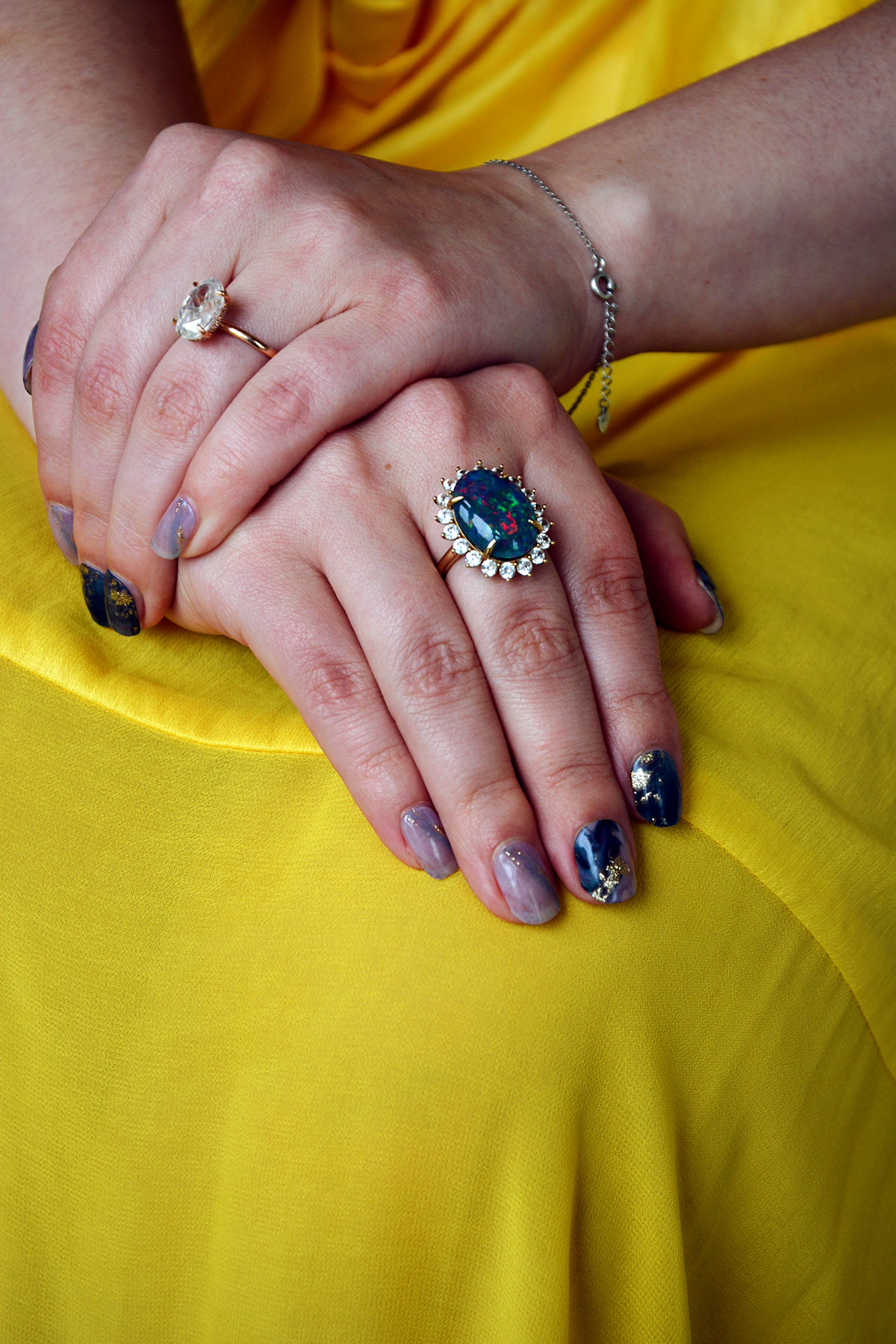
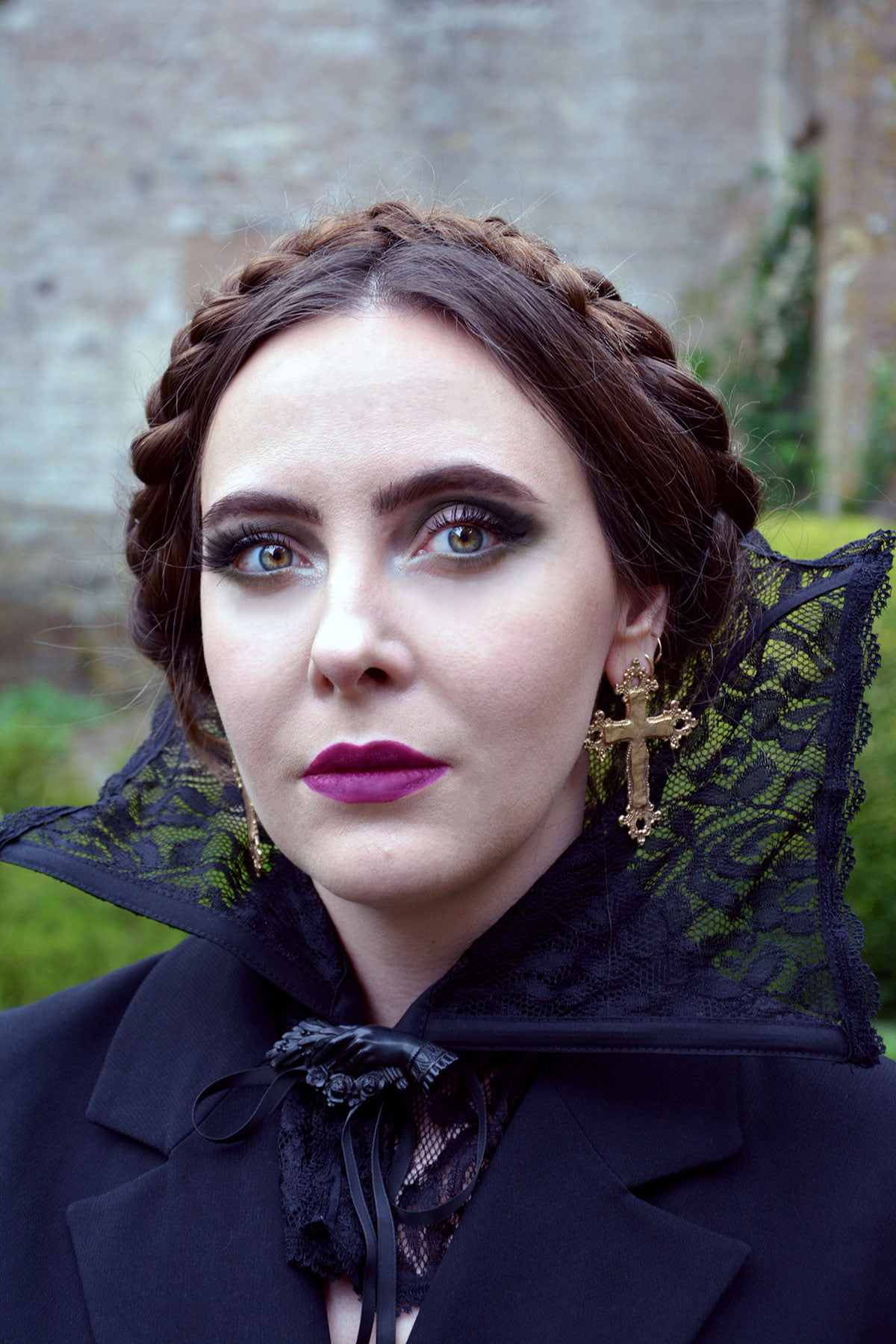
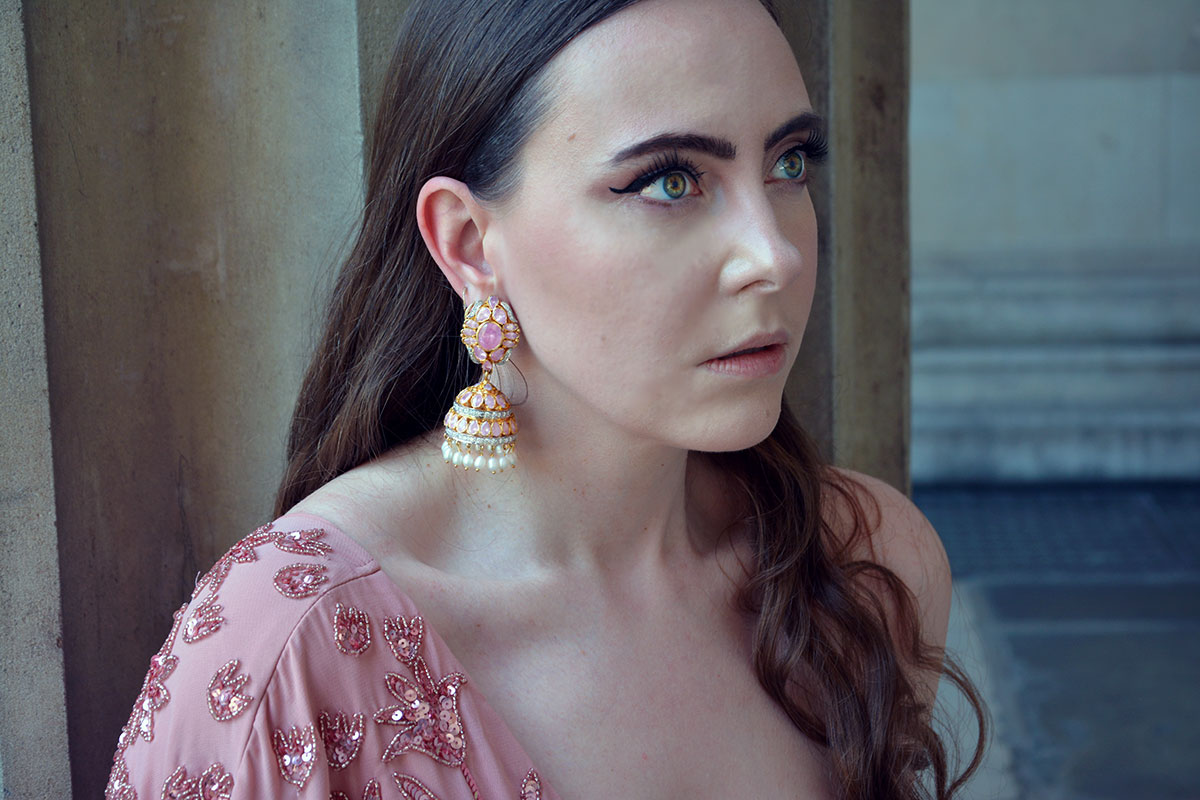
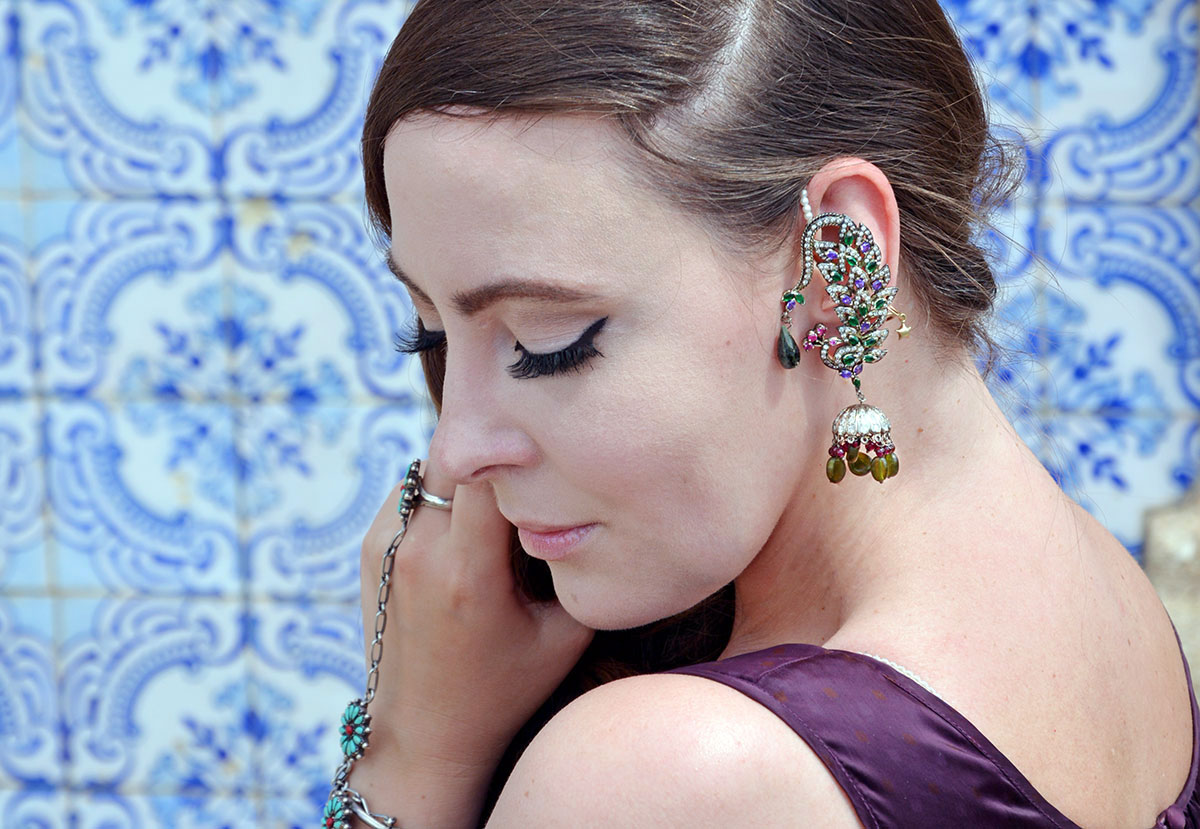
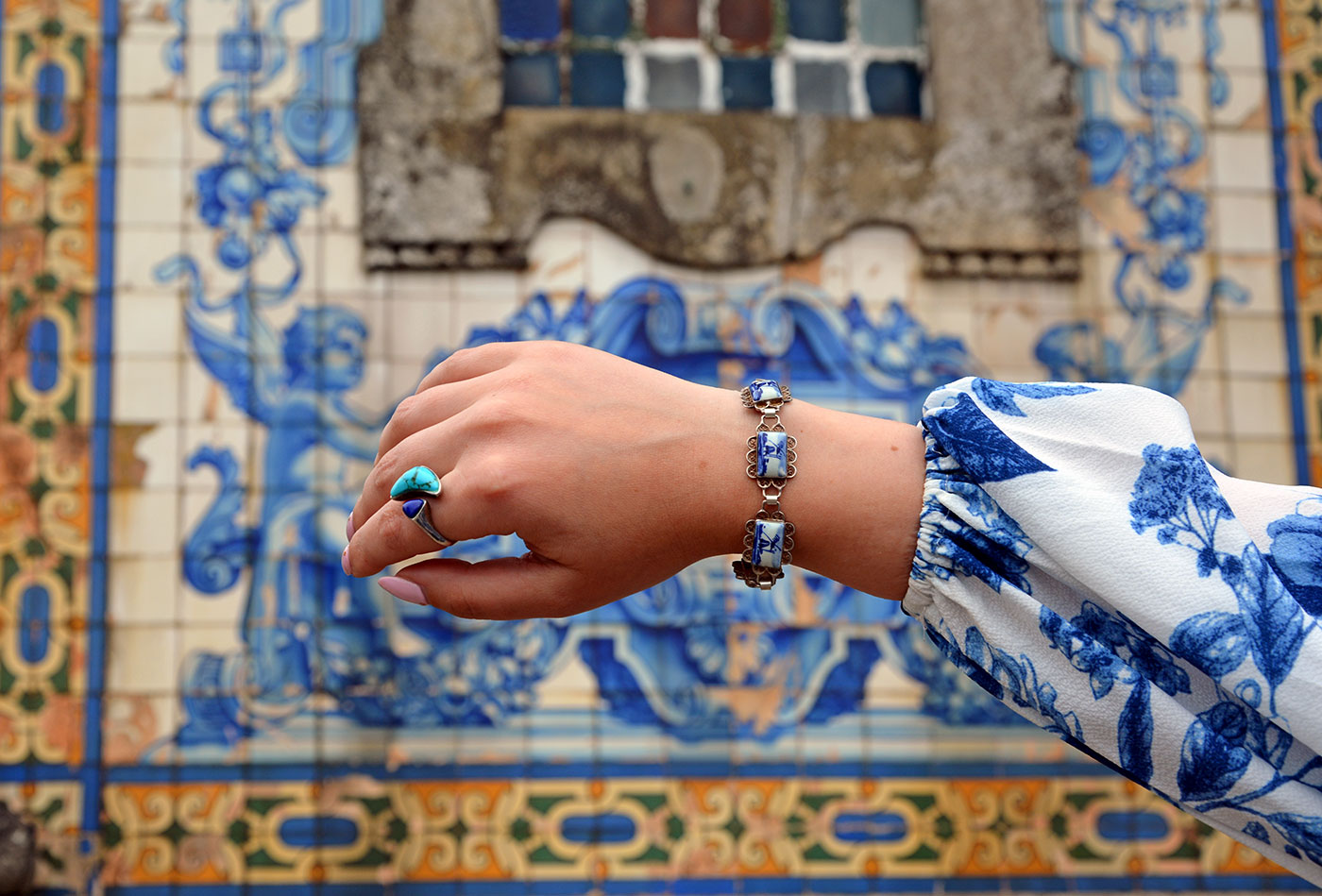
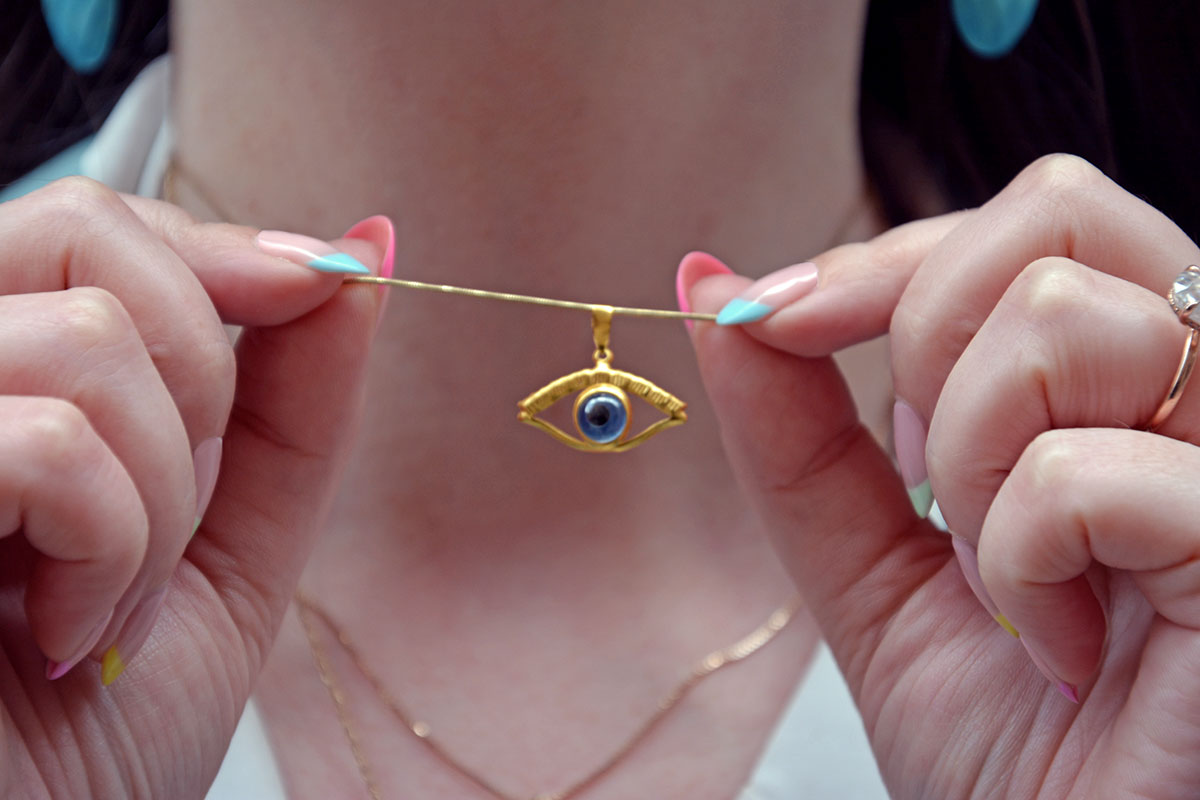
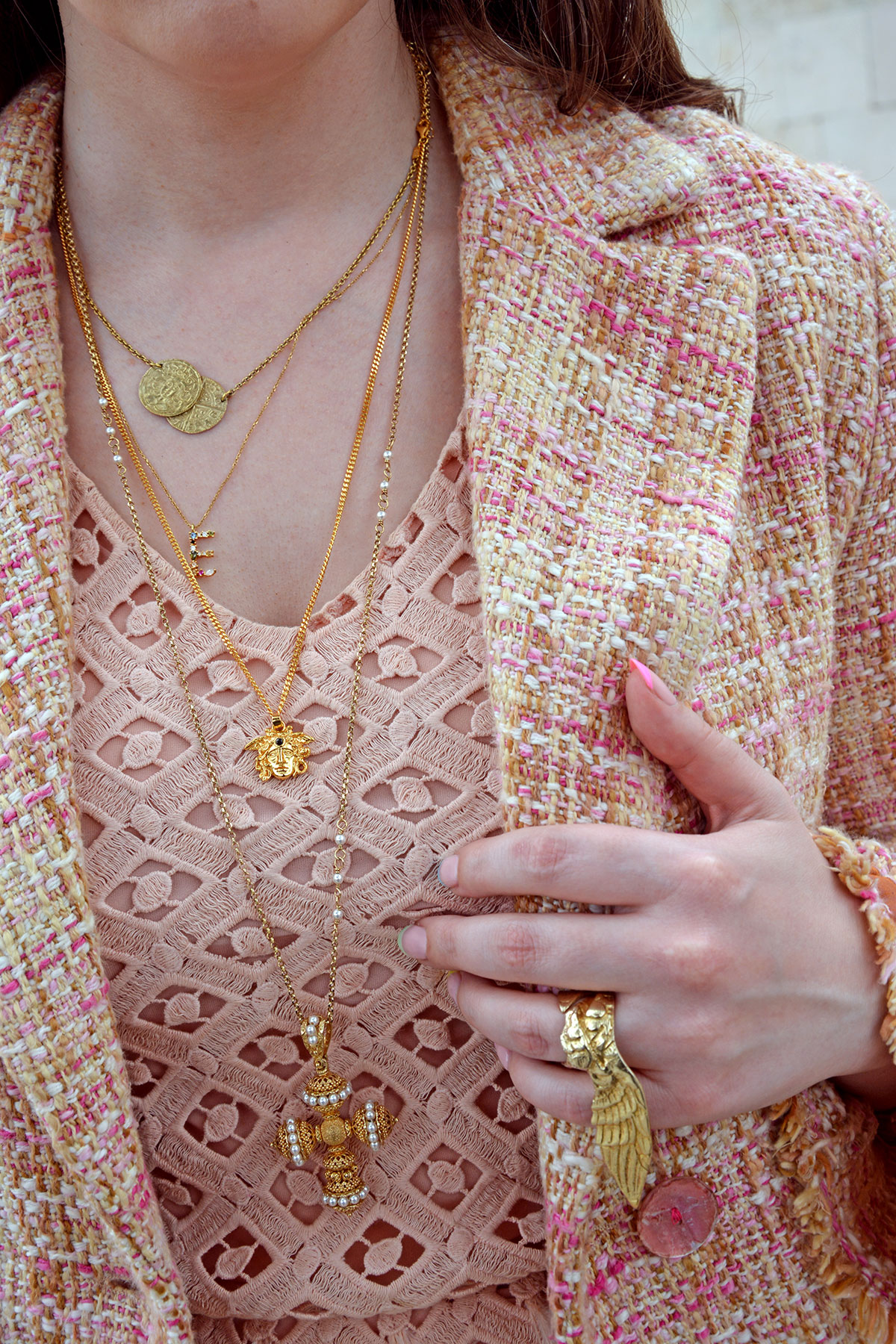
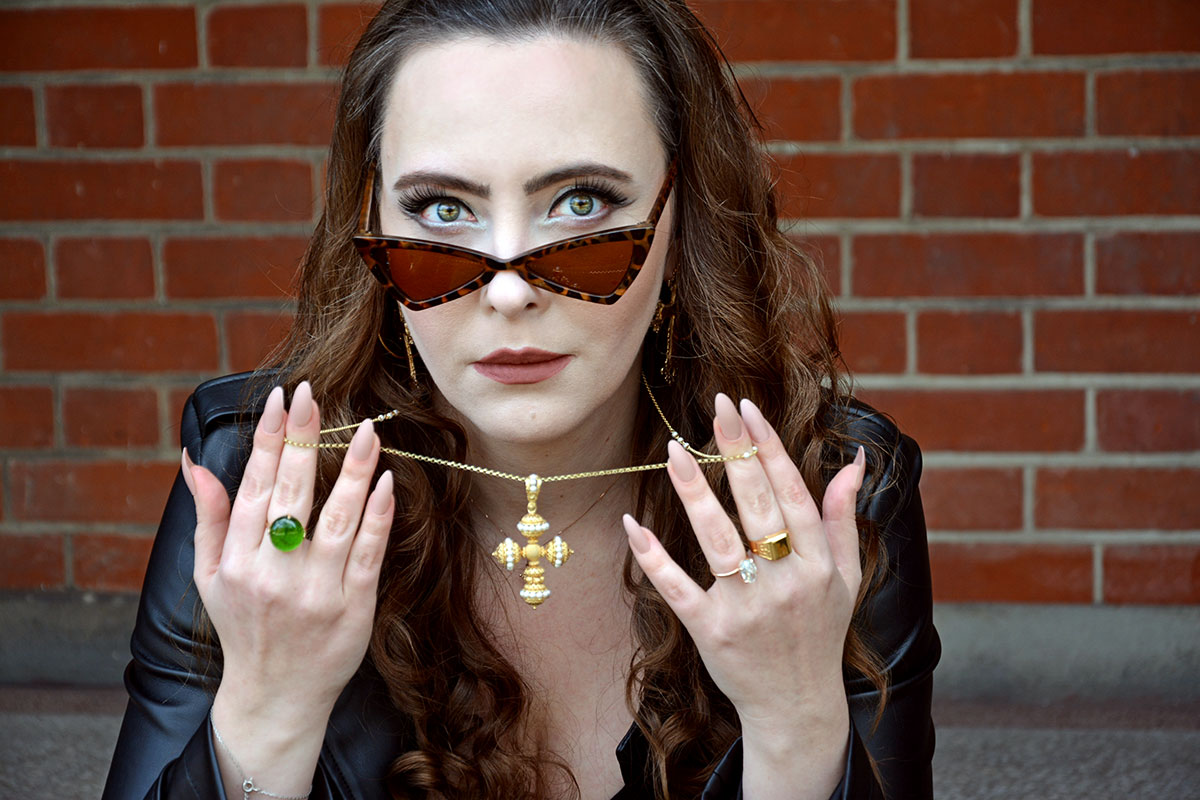

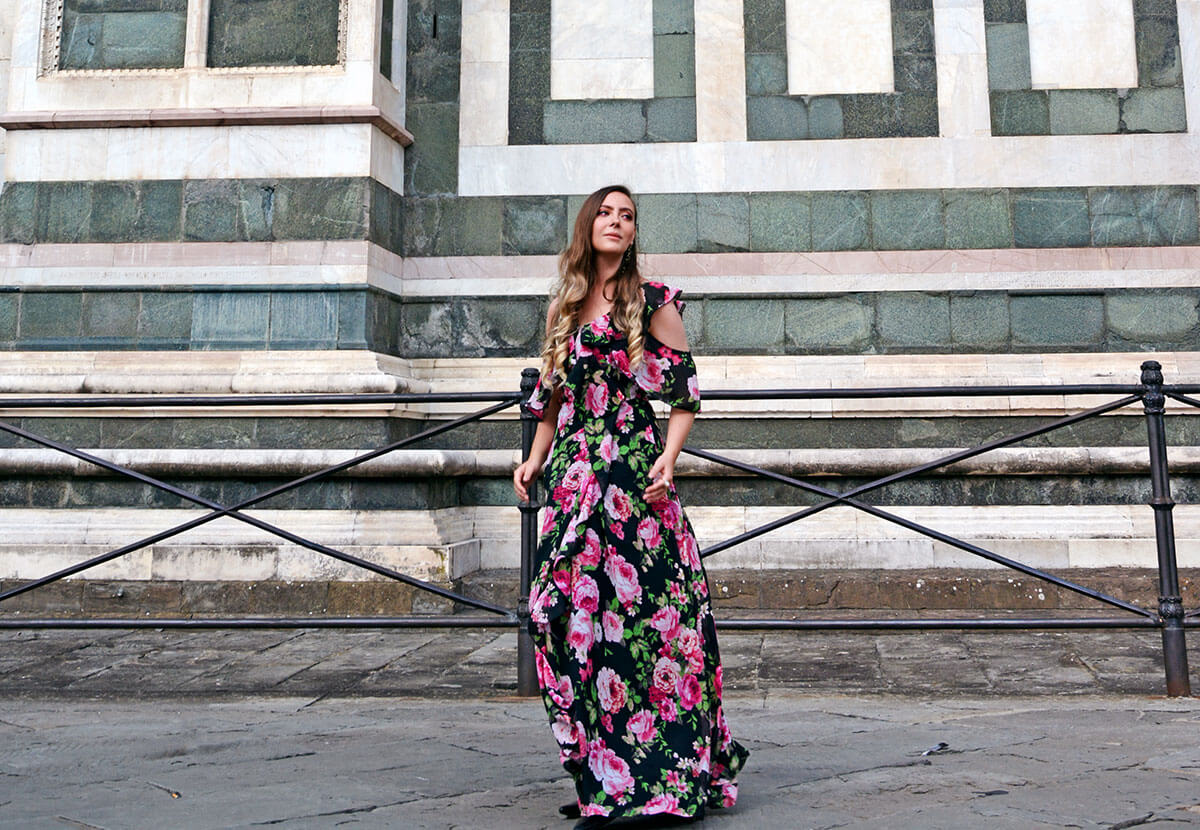
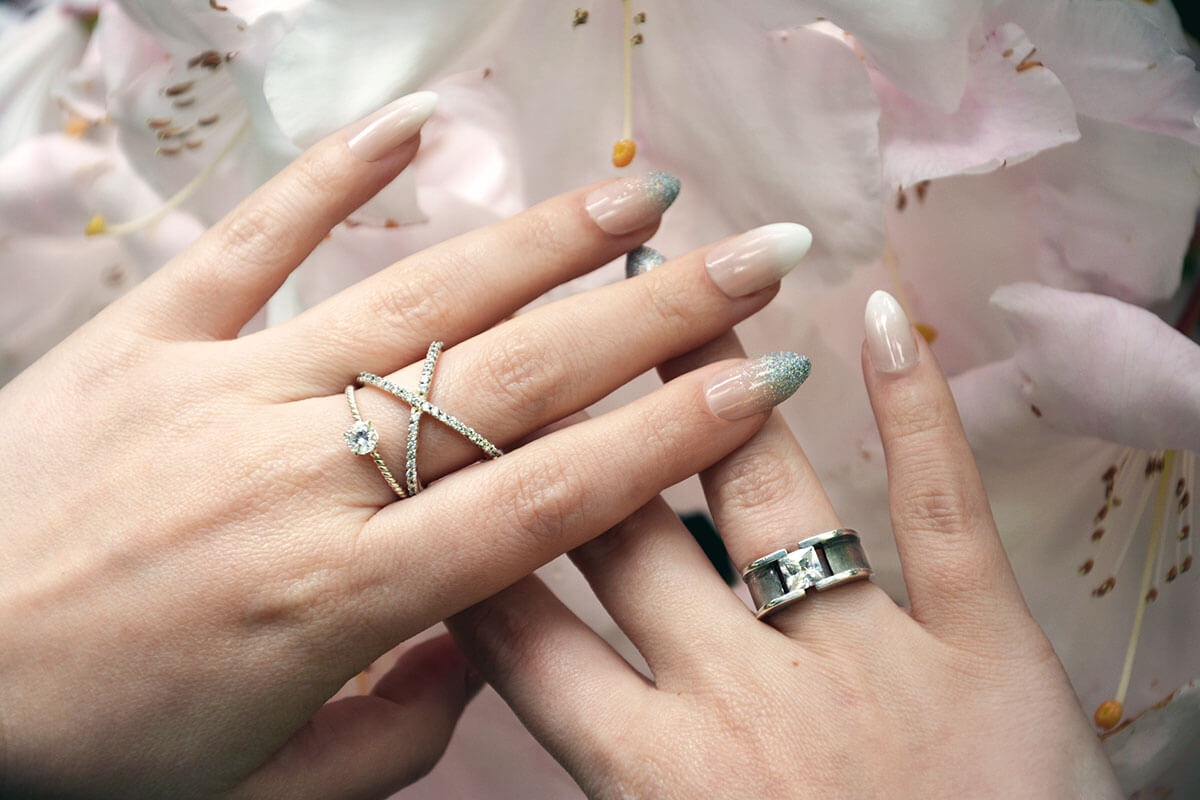
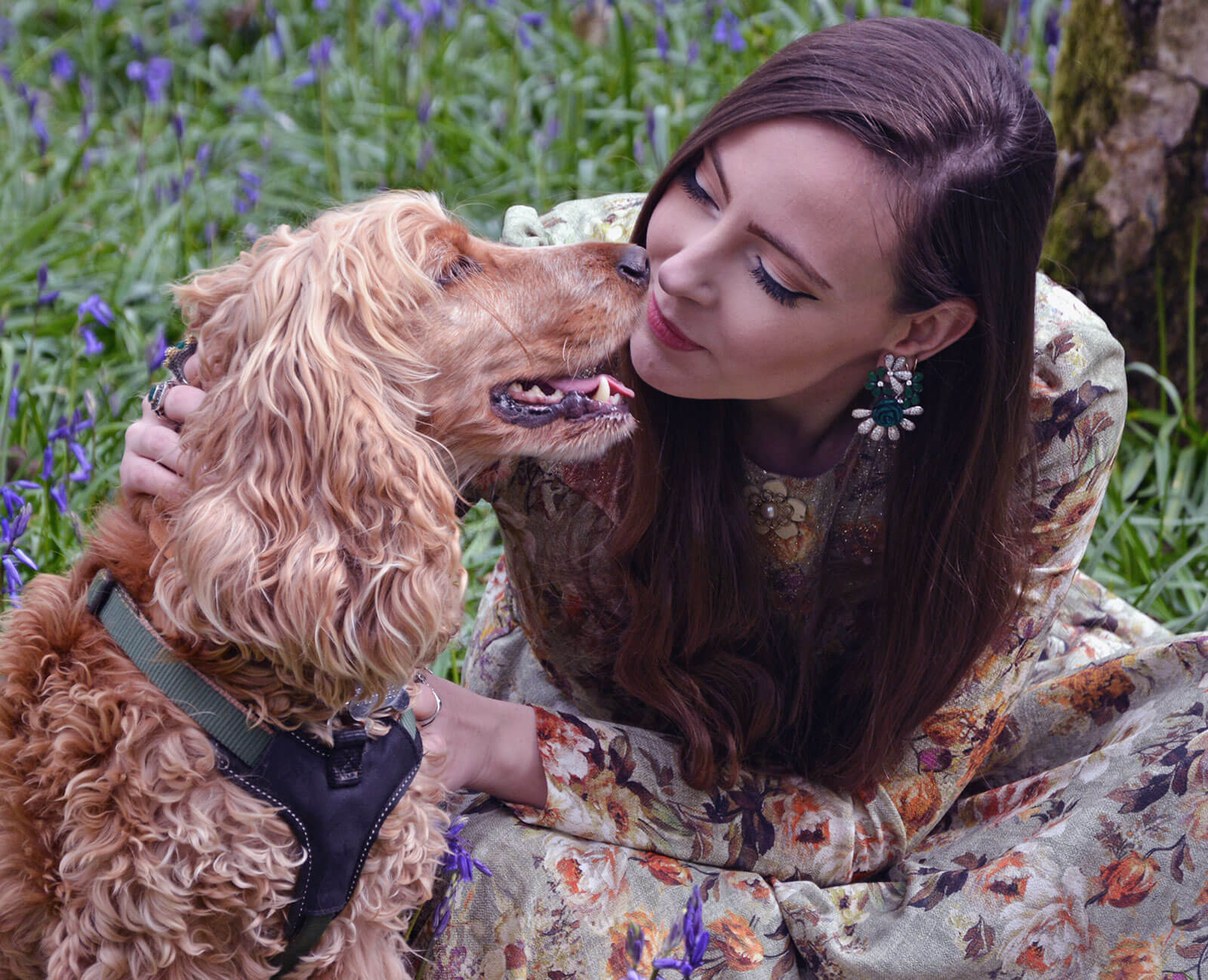
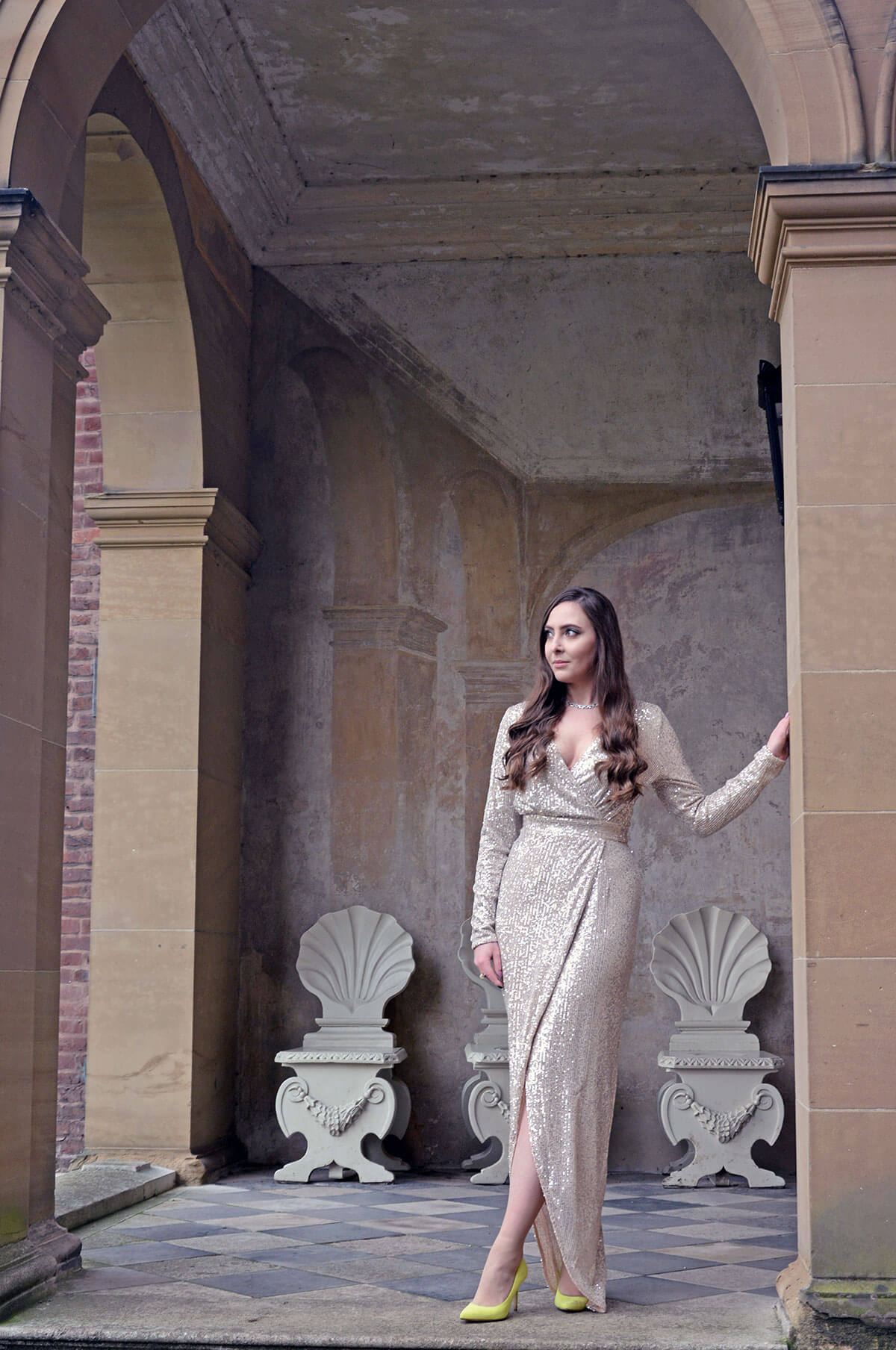
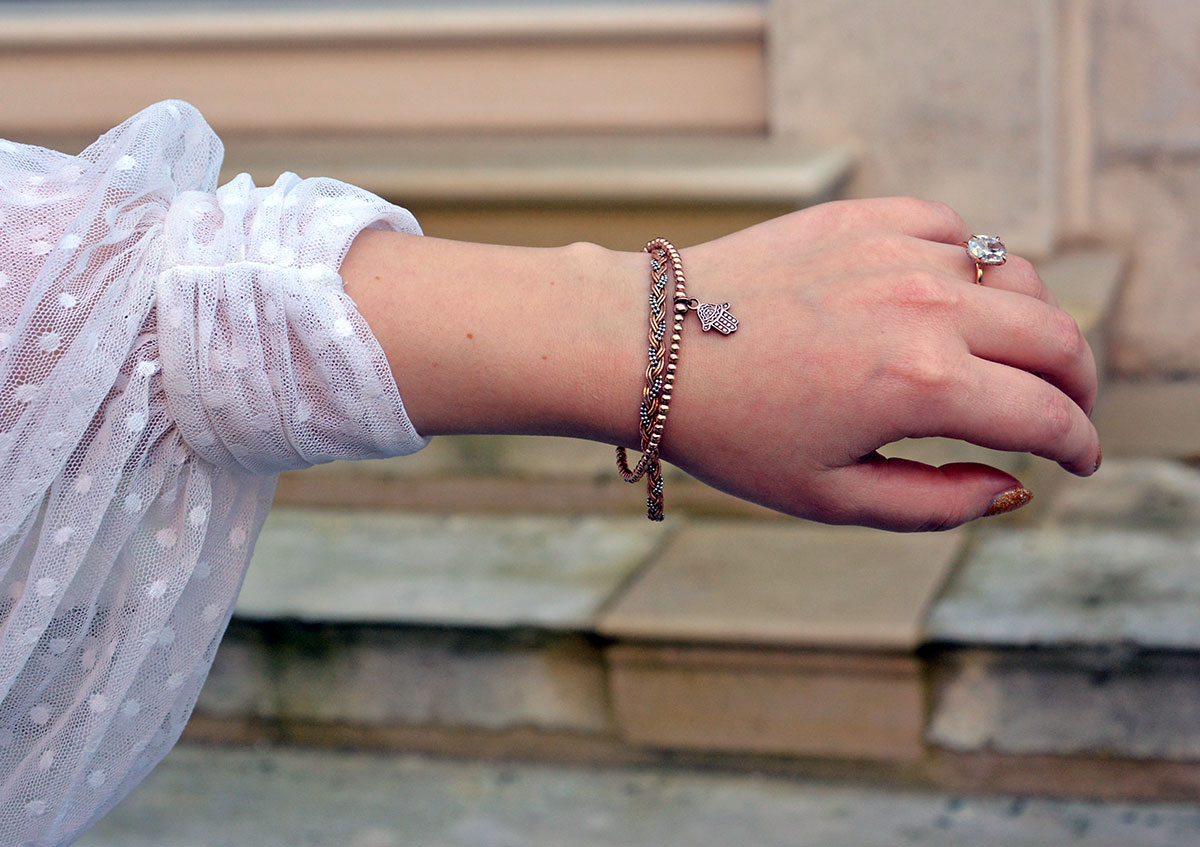

2 Responses
Egyptian style is something I’d admire and hang up on a wall, not wear. It feels too costumey on me
I see exactly what you’re saying – there’s a reason why Cleopatra is one of the most popular cosplay costumes out there! Clearly, this has never stopped me
I love the symbolism within Ancient Egypt, and these are meaningful to me when I wear them ❤️